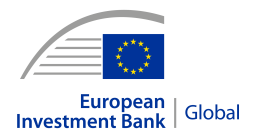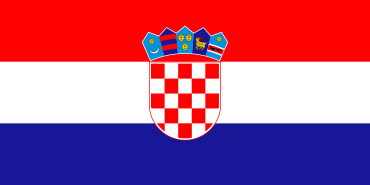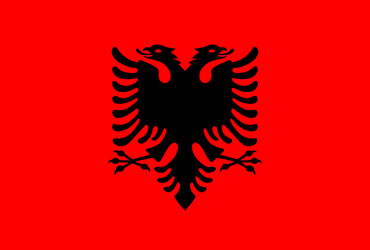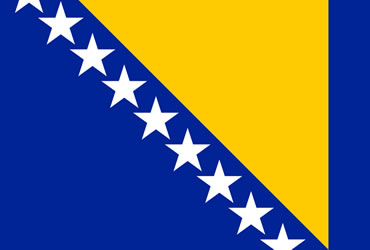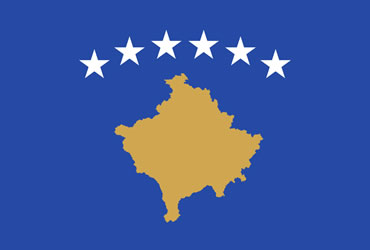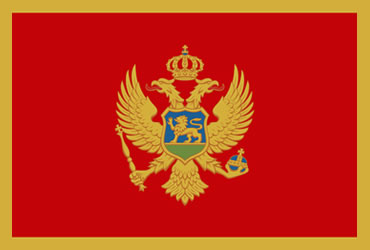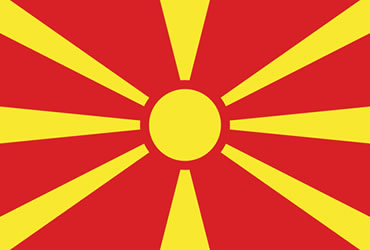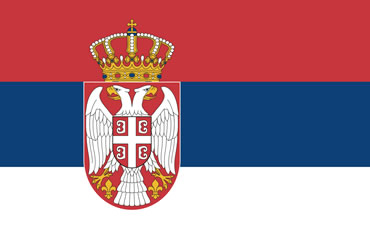
Connectivity Summit “Sustainable Links-Stronger Economy”, Budva 15-16 May
Efficient transportation of people and goods ensures access to jobs and services and enables trade and economic growth. This was a key message at the Connectivity Summit, organised in Budva on 15-16 May by the Transport Community Permanent Secretariat and the Central European Free Trade Agreement (CEFTA) Secretariat, under the auspices of the Ministry of Capital Investments of Montenegro.
Deputy Prime Minister Ervin Ibrahimović and the Director General for Neighbourhood and Enlargement Negotiations Gert-Jan Koopman opened the Summit that gathered Transport Ministers, Customs Directors, International Financial Institutions and other high-level representatives, experts and stakeholders from the Western Balkans to discuss and agree on moving forward the issues related to sustainable and efficient trade, transport and logistics.
“The Connectivity Summit focuses on investments in transport infrastructure and policy reforms that will facilitate the transition to more efficient mobility in the Western Balkans in line with the strategic priorities of the Transport Community. Actions targeting the main road and rail border crossings on the indicative extension of the TEN-T Network in the Western Balkans, including with the neighbouring EU Member States, will address inefficiencies and delays at those points and modernise the operations. The Transport Community is working with its partners to improve the interactions of different transport modes along the Network to enable smoother, more efficient, and less costly logistic chains,” Transport Community Permanent Secretariat Director Matej Zakonjšek said.
Emphasising the importance of the Green Lanes initiative, CEFTA Secretariat Director Emir Djikić stated: “We could not have selected a better topic for this year’s Connectivity Summit than strengthening the links between the CEFTA and the EU in transport and trade. The Green Lanes are much more than simplified transport of goods, it is a continuous support mechanism to our businesses, through introducing digitalised services and systematic exchange of electronic data (SEED+), that brings us closer to paperless trade. It is also a concept of enhanced cooperation with the EU. The European Commission is committed to the full implementation of the Green Lanes and close coordination in other customs and border-related matters, which once again confirms that the CEFTA parties are reliable partners.”
The high-level Understanding on Indicative TEN-T Maps in the Western Balkans was signed by the EU and the Transport Community Treaty contracting parties. The establishment of the new Western Balkans-Eastern Mediterranean Corridor aims to strengthen region’s economic, social and territorial cohesion and create seamless transport systems across borders, without physical gaps, bottlenecks or missing links. The Joint CEFTA-TCT Declaration “Taking Forward the Green Lanes”, committing to further facilitate transport and trade to reduce waiting times and improve the efficiency of the EU logistic and value chains, has been also endorsed. It will give further impetus to all relevant authorities to work on a full extension of the Green Lanes and establish one-stop and synchronised border controls.
The extension of the Green Lanes to the Western Balkans region, as an answer to the health crisis in 2020, and the EU-Ukraine Solidarity Lanes, a result of Russia’s war of aggression against Ukraine, are good examples of how transport and trade blockages can be addressed and highlighted the importance of long-term transport and trade facilitation measures, such as multimodal infrastructure, international transit agreements, digitalisation of procedures, and sharing pre-arrival information for the movement of goods.
Given these developments, the Western Balkans parties and Ukraine, Georgia and Moldova share a common denominator when it comes to the development of their transport policy and network: the need to work together and with the European Commission on setting the same standards and quality of service along a truly interconnected Trans-European Transport Network (TEN-T) that will link Europe with Central Asia, opening up the possibilities for new trade routes and strengthening the existing ones.
During the summit, a high-level visit to the joint border crossing between Montenegro and Serbia in Bijelo Polje was organised. The border crossing in Bijelo Polje on the Rail Route 4 will house authorities of Montenegro and Serbia under the same roof and speed up the procedures without the need for the train to stop at two borders. Together with the Deputy Prime Minister and Minister of Capital Investments Ervin Ibrahimović, EU Delegation and municipality representatives, Director Zakonjšek visited the new facilities that will, once operational, become a symbol of good regional cooperation.
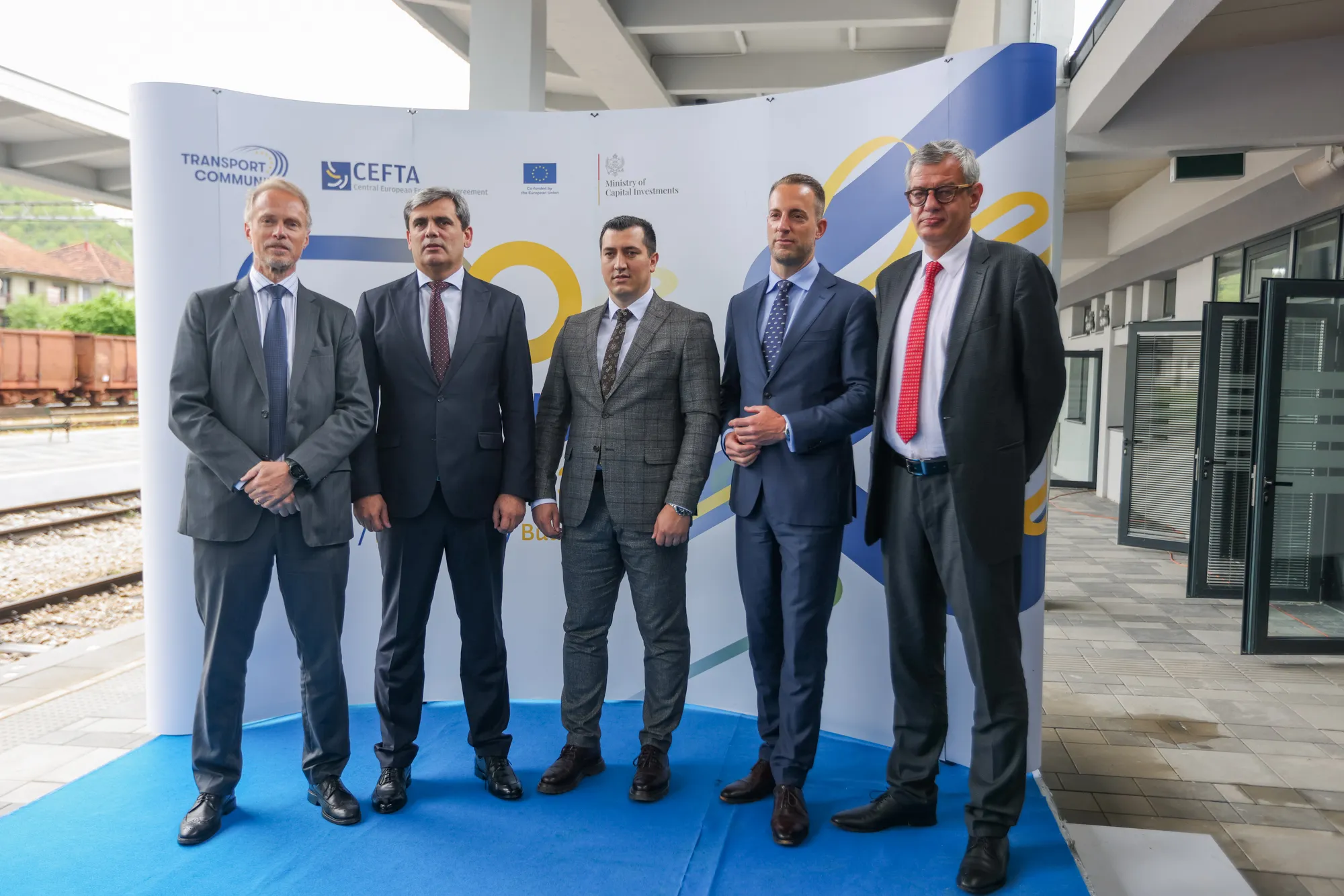
“Inadequate transport networks and a lack of coordination seriously limit the connectivity of our citizens, but also producers and consumers with global and regional markets. Solutions to these issues require investments in infrastructure, but also better cooperation between neighbours. The station in Bijelo Polje will become a great example of cooperation between Montenegro and Serbia. I am glad that with today’s event we showed the importance of EU investments in the region”, Director Zakonjšek said during the visit.
“It is my pleasure to visit the final works on the project today, which is a true example of interdepartmental cooperation aimed at improving regional connectivity. Facilitating border crossings sends a message that through joint efforts towards the establishment of a single economic space in the Western Balkans, we are preparing for the membership in the European Union”, Deputy Prime Minister Ibrahimović said.
The rehabilitation of the Bar-Vrbnica section of Rail Route 4 is a flagship investment under Flagship 2 – Connecting North to South, identified in the Economic and Investment Plan for the Western Balkans and supported through the WBIF.
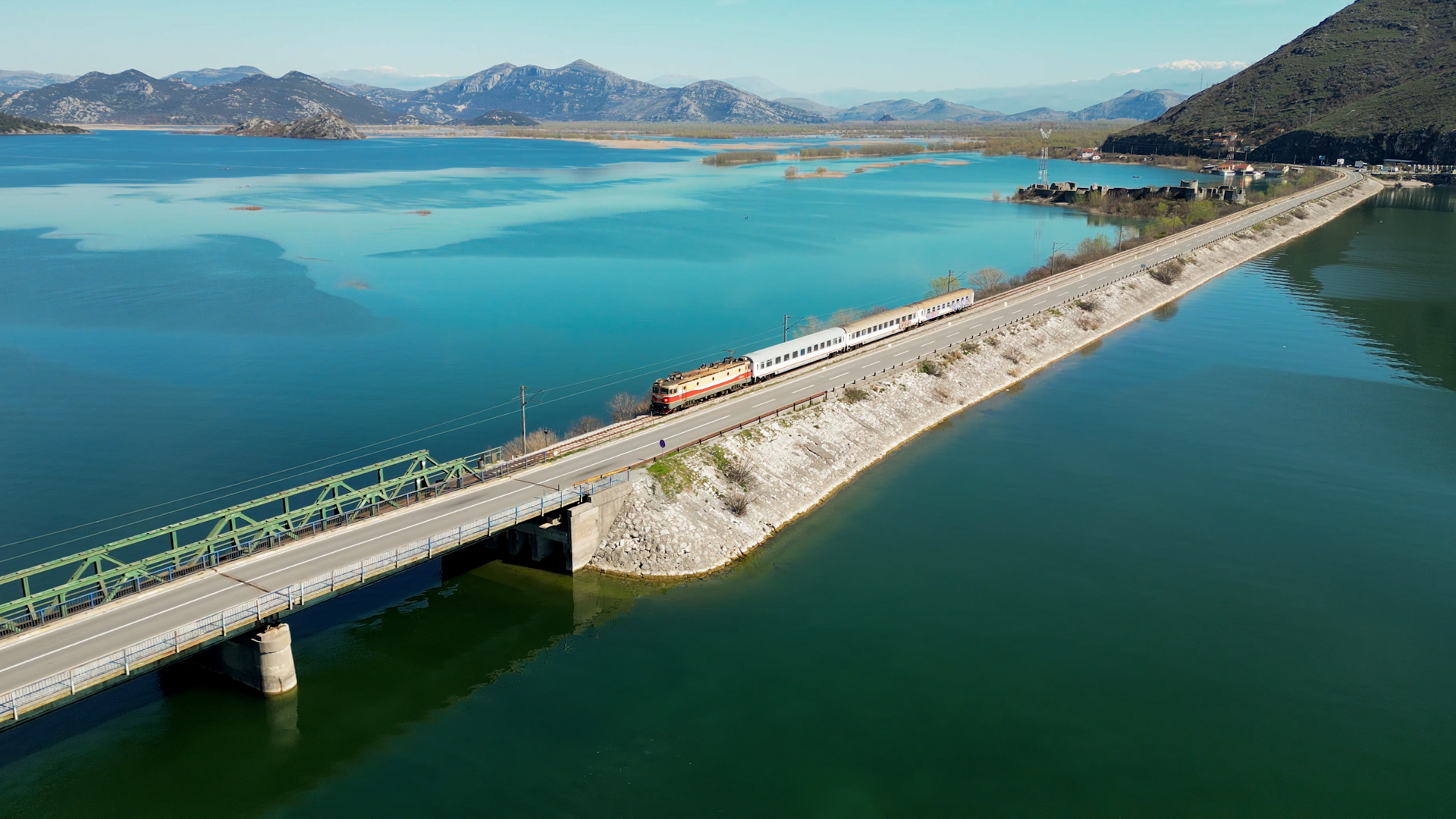
Bar-Vrbnica rail (c) WBIF 2023
At the same event, the Transport Community, in cooperation with Regional Partners from the Western Balkans, launched an online platform to help make better, more informed decisions that will save lives. The launch coincided with the start of the 7th UN Road Safety Week.
The collection of timely and objective information that effectively contributes to reducing road traffic casualties is the primary goal of the Western Balkans Road Safety Observatory. The online platform launch on 15 May marked the first time that the yearly road safety indicators for the Western Balkans are accessible in one place. It offers dynamic and aggregated road safety information, easily understandable and accessible to stakeholders. Users can receive tailored solutions to set and monitor regional road safety targets and contribute to improving and harmonising data.
Users can find the answers to broad questions, such as, “How was the road safety performance in the last years?” or more specific ones, such as “How many lives have been lost in the Western Balkans region or each Regional Partner per year?” Or perhaps something a little harder to track, such as, “Which group of road users are more vulnerable and affected by road traffic crashes: pedestrians or cyclists?” Data can also be segregated by gender or compare the statistics between Western Balkans and EU Members States.
More on the high-level agreements signed with the Western Balkans to improve transport links
The platform can be accessed at: https://wbrso.transport-community.org/
More about the Connectivity Summit here
More about the WBIF Sustainable transport here


